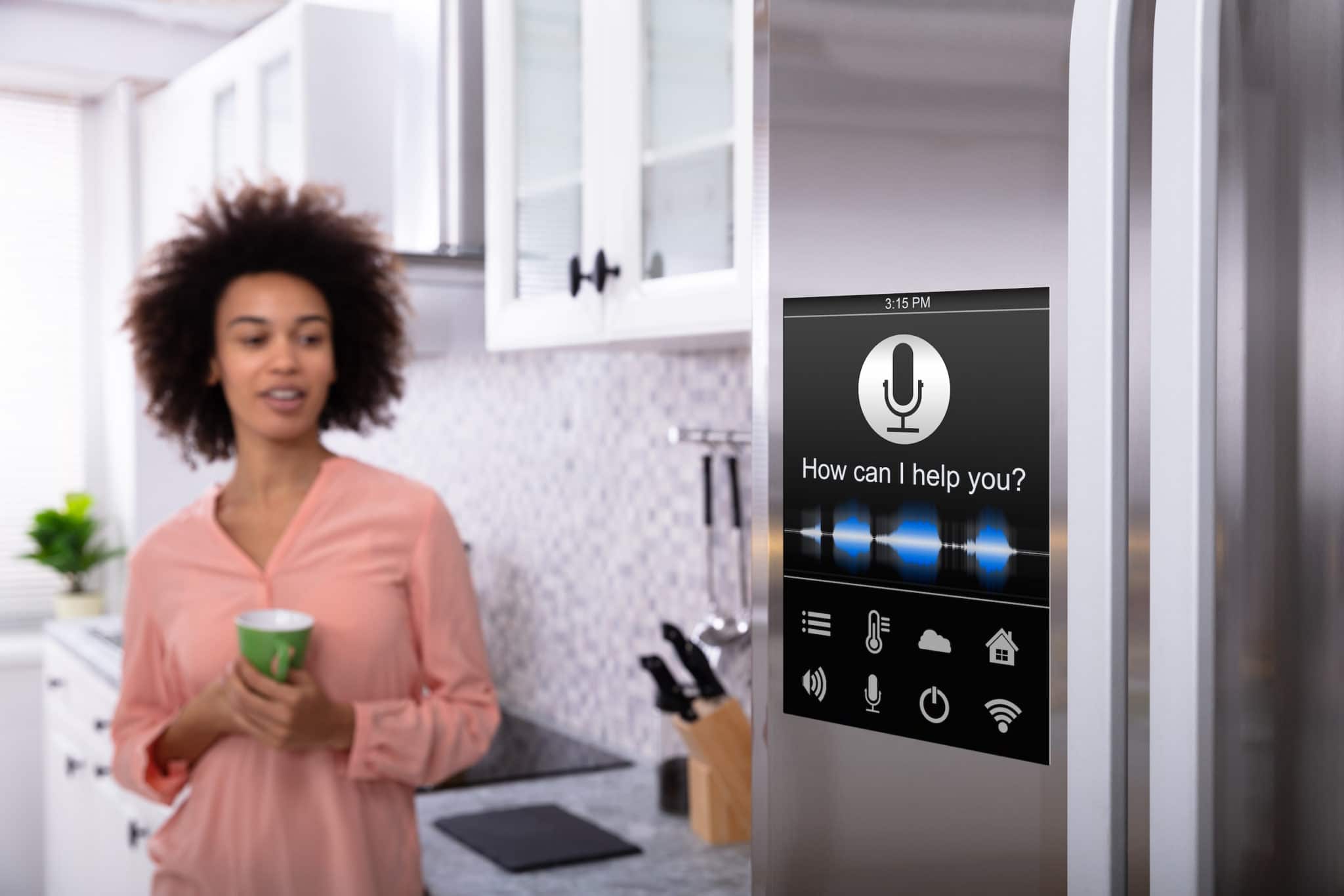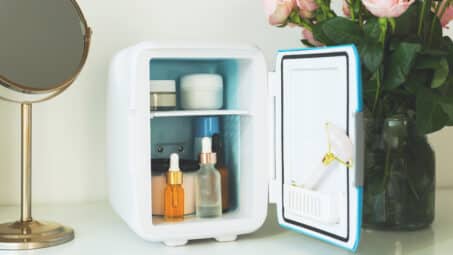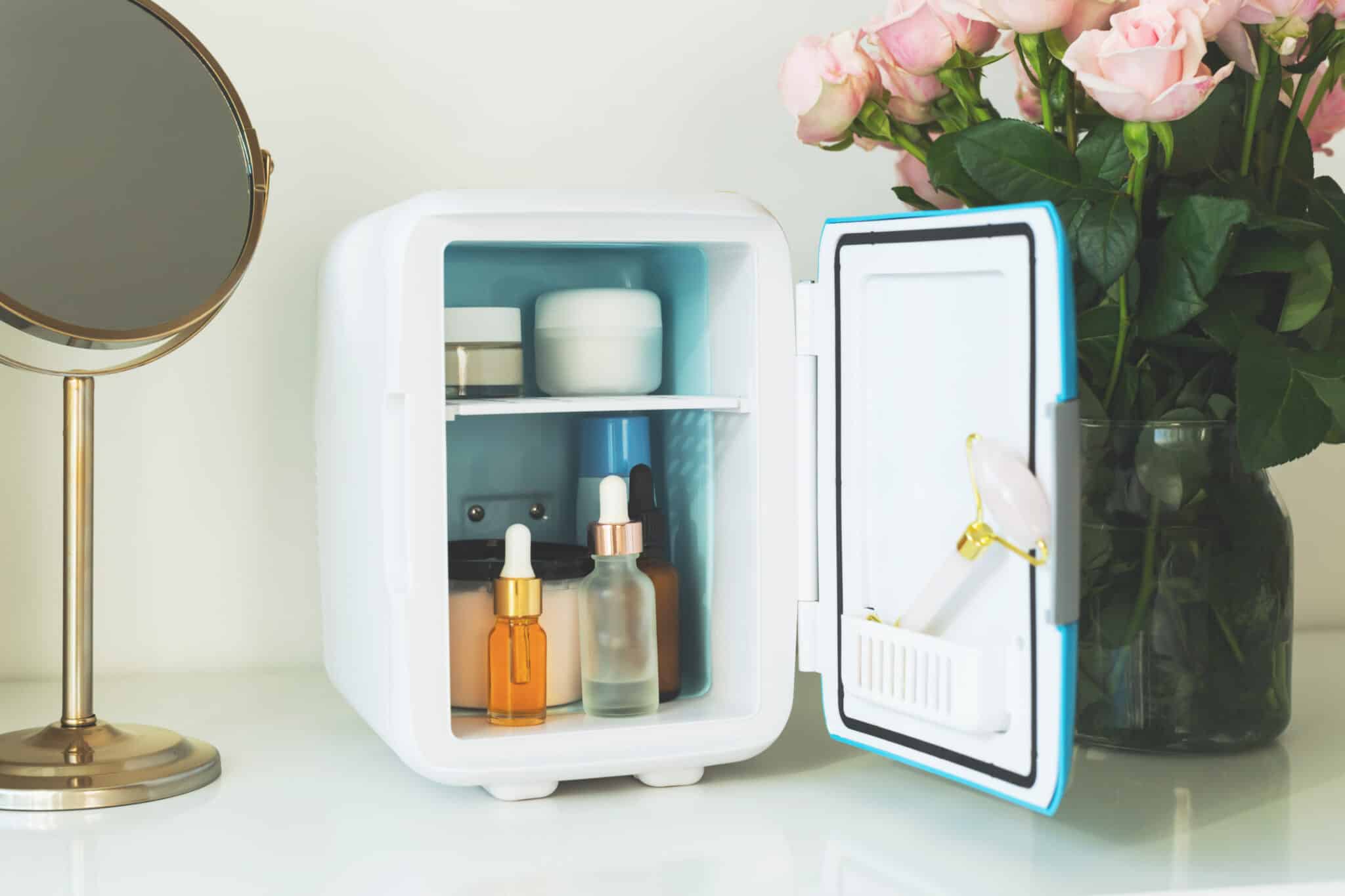Smart home technology seems to be the new buzzword these days, but what does it actually mean? Devices, tools, appliances and other things we typically use in our homes on a daily basis are considered “smart” if they are connected to the Internet and controllable via computer or mobile applications. Smart items can include refrigerators, microwaves, thermostats, lights, speakers, hot water heaters, blinds, clocks and more. Creating a list of all the things that can be connected via a network and controlled by a singular device can be daunting. So much so that some may not understand all the available choices. With that in mind, we’ve compiled a short list of the most forward-thinking smart devices and appliances homeowners should consider in 2020.
Central hubs
For those interested in immediately connecting multiple items throughout their home right out of the box, the three items to consider are the Amazon Echo Plus, the Google Home Hub and Samsung SmartThings Hub.
Amazon Echo Plus
The all-in-one Amazon Echo Plus gives users the ability to connect a host of smart devices to their Amazon hub, such as lights, security systems and music. In addition, this can all be done with voice commands – ideal for those who regularly have their hands full.
Google Home Hub
Using Google Assistant and the ability to connect to more than 5,000 devices from 400 brands, the Google Home Hub is a versatile device that gives users a great deal of flexibility. With Wi-Fi, Bluetooth and mobile app connectivity, this device might be ideal for those on the go.
Samsung SmartThings Hub
One of the many benefits of using the Samsung SmartThings Hub is its ability to work with both Amazon Alexa and Google Assistant. The mobile app also allows users to schedule how their connected devices work, programming them to fit different lifestyles. Can’t decide on Amazon or Google? This hub from Samsung might be the best bet.
Devices and/plugins
Having a central hub is just the beginning when creating a smart home. Homeowners will want to connect individual devices in order to enjoy the benefits of a smart home, but keep in mind that some of your favorite items may not be smart-ready.
Smart connectors/plugins
For those with more traditional devices and appliances, using a smart connector allows smart interactivity without the built-in connection. The TP-Link Kasa Smart Wi-Fi Power Strip HS300 name may be a mouthful, but the power strip allows users to connect a variety of items and control them with a mobile app. Similarly, the iHome iSP6X SmartPlug offers simple installation of non-connected devices that can now be controlled by a mobile app.
Smart devices
There are a host of smart devices that help people get the most out of smart home living. The Liftmaster MyQ Smart Garage Door Opener allows for opening and closing of your garage from your mobile device. In addition, users can see if the garage door is open or closed as well as view activity via a remote camera.
Smart appliances
Some of the most convenient aspects of facilitating connectivity is the ability to interact with kitchen appliances. Whether living the single lifestyle or with a busy family of five, several appliances help make life easier for smart home owners.
LG InstaView Refrigerator
Smart enough to connect to either Google Assistant or Amazon Alexa, the LG InstaView Refrigerator uses the same SmartThinQ technology LG features in its televisions. It’s voice-activated capability also allows for food ordering from Peapod, making it smart and convenient.
AmazonBasics Microwave
Amazon offers the easiest and most affordable way to get into the smart appliance space with the AmazonBasics Microwave. Not only is it controllable via voice with Alexa, it costs just about the same as a non-smart microwave in the same size category.
Whirlpool Smart Dishwasher
The ability to wash your dishes from anywhere is a feature of the Whirlpool Smart Dishwasher. With downloadable apps, users can choose from a variety of settings and cycles to wash exactly the way they want and have dishes clean and very dry when the cycle completes.
Whether your budget allows buying originally made smart devices connected to a central hub or connecting non-smart devices and appliances to plugins, a smart home is attainable by anyone. Not only does a well-connected, smart home make life easier, it allows people to automate many mundane tasks in order to focus on more important things.






